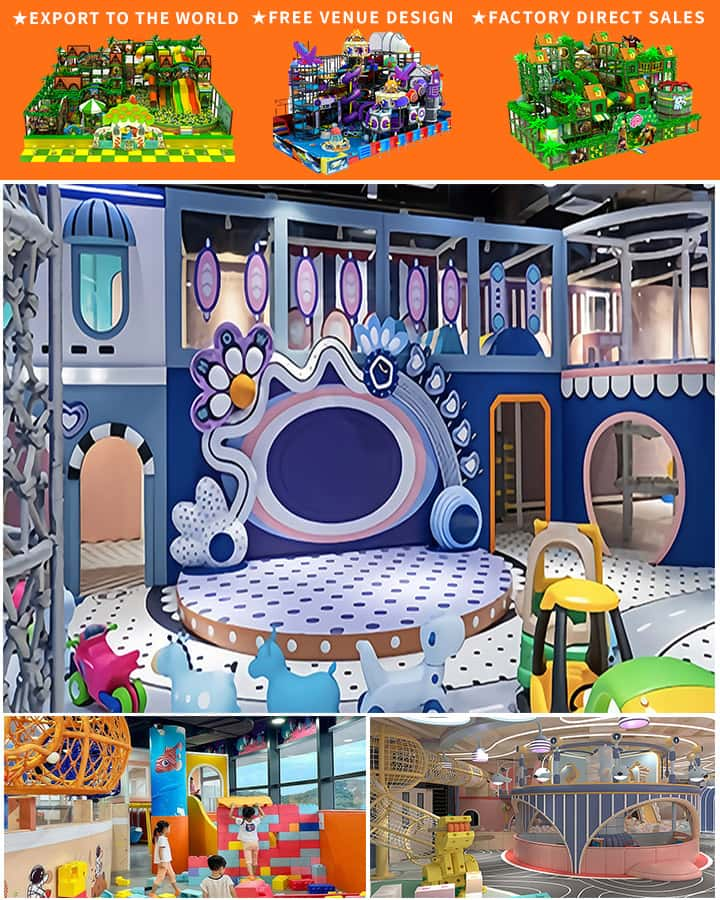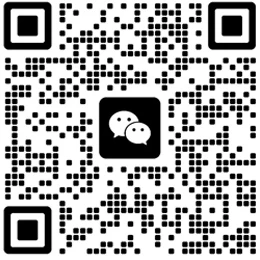Playgrounds are the heart of recess for students, providing a place for physical activity, social interaction, and creative play. Understanding the names of various playground equipment can enhance safety, enrich educational activities, and foster better communication among students, teachers, and parents. Here is a comprehensive guide to some commonly found playground equipment:
Swings
Swings are perhaps the most iconic piece of playground equipment. They come in several varieties:
- Rubber Tire Swing: Made from old rubber tires, these swings often have a rope or chain attached.
- Bucket Swing: A molded plastic seat that resembles a bucket.
- Trapeze Bar Swing: A bar with handles on either end, allowing children to sit or hang on it.
Slides
Slides offer endless fun and come in numerous types:
- Single Slide: A standalone slide designed for solo descent.
- Double Slide: Side-by-side slides for friendly competition.
- Spiral Slide: A twisting slide, usually enclosed, that offers an extra thrill.
Climbing Structures
Climbing structures promote physical development and coordination:
- Ladder: Simple vertical climbing with horizontal rungs.
- Cargo Net: An inclined net used for climbing, often requiring coordination and balance.

- Climbing Wall: A vertical or angled wall with holds that challenge climbers of various skill levels.
Seesaws
Seesaws provide a delightful way to learn about balance and cooperation:
- Traditional Seesaw: A plank balanced by an upright beam, accommodating two children.
- Tet-a-Seesaw: Designed for four children, promoting group play.
Jungle Gyms
Jungle gyms offer multifaceted play opportunities, combining various elements:
- Horizontal Ladder: A series of parallel bars at varying heights for climbing across.
- Stepping Unit: Steps of different heights that help children practice their stepping abilities.
- Balance Beam: A narrow beam elevated off the ground, testing balance and concentration.
Merry-Go-Rounds
Merry-go-rounds add a sense of excitement to any playground:
- Spinning Disk: Children push off the ground to create motion.
- Maze Spinner: Incorporates a spinning platform with raised edges or barriers for added fun.
Spring Riders
Spring riders combine bouncing and balancing fun:
- Spring Bunny: A stationary bunny figure that bounces when stepped on.
- Spring Horse: A spring-loaded horse that mimics riding movements.
Interactive Play Structures
These structures encourage imaginative play and social interaction:
- Playhouses: Miniature houses equipped with features like windows, doors, and sometimes even kitchenettes or market stalls.
- Musical Instruments: Installed drums, xylophones, or chimes that produce sound through playful interaction.
- Chalkboards: Encourage creativity through drawing and writing.
Safety Surfacing
While not equipment per se, safety surfacing is crucial:
- Rubber Tiles: Durable and shock-absorbent, protecting children from falls.
- Wood Chips: Natural and soft, though they require regular replenishment.
- Poured-in-Place Surfaces: Smooth and resilient, offering excellent impact absorption.
Conclusion
Familiarizing oneself with the names and functions of playground equipment can greatly enhance the experience for students and adults alike. Whether you’re a teacher planning a physical education class, a parent looking to engage your child in outdoor play, or a designer creating an inclusive and safe playground, understanding these terms ensures everyone makes the most of their time on the playground. So next time you visit, you’ll know exactly what each piece of equipment is called and how best to enjoy it!




